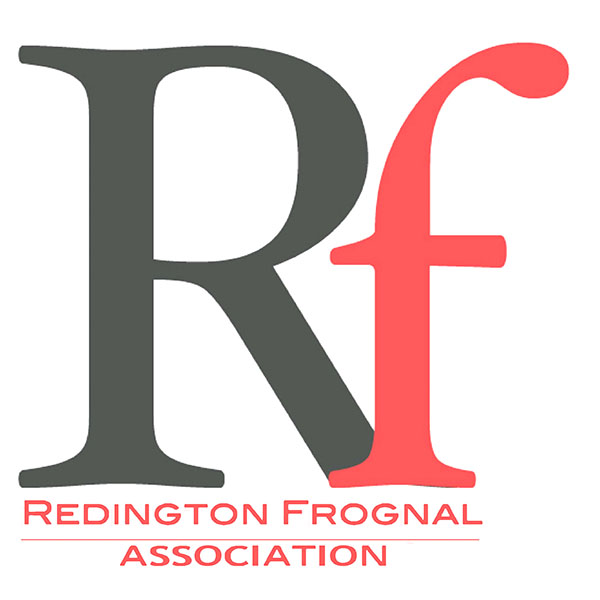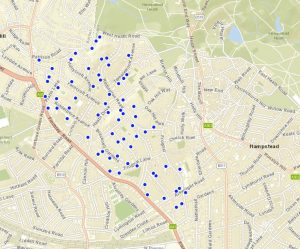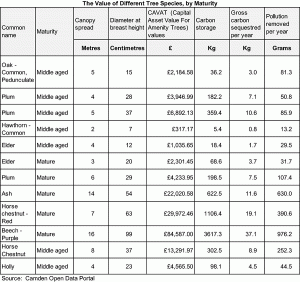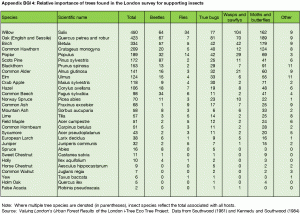All privately-owned trees in conservation areas are protected by the Town and Country Planning Act 1990. Section 211 of the Act requires people to notify Camden six weeks before any intended work is undertaken and to seek Camden’s consent for the work. Permission is not needed for a tree whose trunk is less than 7.5 cm measured at 1.5m above ground level.
Camden has produced Planning Guidance (CPG) on Trees to support the policies in the Camden Local Plan 2017. The guidance explains the information required by the Council to ensure that development does not lead to unnecessary harm to trees and vegetation:
Works to Trees
Contractors working in proximity to trees are required to fully abide by BS 5837: 2012 (or as updated) “Trees in relation to design, demolition and construction – Recommendations”. It is important to check whether a tree is covered by a Tree Preservation Order. Contact should be made with the Planning department to check whether a particular tree is protected by a Tree Preservation Order:
Email: planning@camden.gov.uk
Direct work on trees should follow BS 3998: 2010 (or as updated) “Tree Works – Recommendations” which deals with the standards of workmanship. Householders should check that contractors hold an appropriate arboriculture professional qualification. Lists of arboricultural consultants can be found at:
https://consultingarboristsociety.com
Historic trees and tree lines may be plotted on historic maps (e.g. the Ordnance Survey Map of 1866 of Hampstead) and can be helpful to inform landscaping plans. For further information, see: https://www.redfrogassociation.org/veteran-trees-in-redfrog/
Tree loss from private gardens
A map of the trees felled in private gardens between 2010 and 28.10.17 is shown below.
The pace of felling has since accelerated.
More information can be found on Camden’s Open Data portal:
https://opendata.camden.gov.uk/Environment/Trees-In-Camden/csqp-kdss/data
Objecting to proposed tree fellings / notices of intent
The only grounds on which a notice of intent to fell may be refused are:
- Visibility. The extent to which the tree can be seen from a public place, such as a road or footpath, or accessible by the public.
- Size and form;
- Future potential as an amenity;
- Rarity, cultural or historic value;
- Contribution to, and relationship with, the landscape; and
- Contribution to the character or appearance of a conservation area
Financial and pollution removal values for trees, by species and age
CAVAT values (Capital Asset Value For Amenity Trees), pollution removal and carbon storage values are provided for different trees according to their age. Trees which are more mature, with good leaf cover, have far greater values than replacement saplings.
The Value of Different Tree Species, by Maturity is shown below as an image, or a pdf version is available here:
Typical CAVAT values
Tree Planting
Tree planting is important for health well being, cooling, shading, air quality, reducing the risk of flooding by reducing surface water run off, and to support wildlife.
Trees selected for planting should have a high value to insects, as in the list below, where trees are arranged in order of the number of species supported.
Trees to enhance biodiversity and conservation area character, as found in the London Survey
Free Trees for School and Communities
Details of several schemes offering free trees to school and community groups are available via this link.



